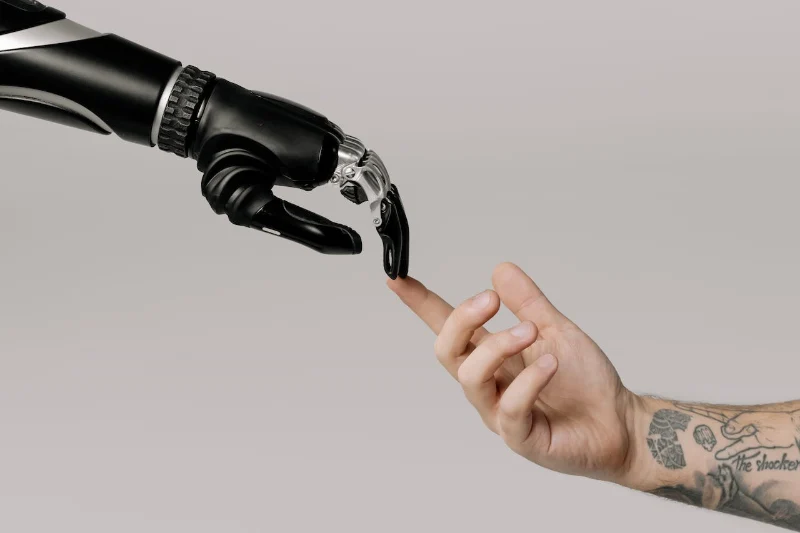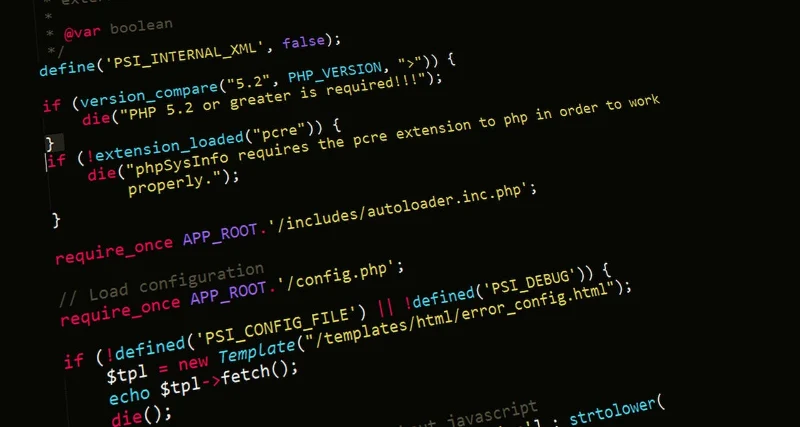Once confined to data processing and automation, artificial intelligence has transcended its traditional boundaries. Today, AI is stepping into the creative domain, contributing to problem-solving and innovation in unimaginable ways. This article ventures into the creative potential of AI in the professional arena, where algorithms are transforming into architects of invention.
Contents
AI for Creative Problem-Solving and Innovation
Overview of AI’s Problem-Solving Capabilities
Artificial intelligence has emerged as a valuable tool for tackling creative business problems. In contrast to traditional problem-solving methods, AI systems can swiftly evaluate large amounts of data, detect patterns, and produce novel solutions. For example, AI algorithms are used in healthcare to analyze patient data, resulting in faster and more accurate diagnoses. AI’s ability to process information rapidly opens new horizons for tackling complex challenges.
Case Studies on AI-Driven Innovations
Several industries have witnessed groundbreaking innovations fueled by AI. In manufacturing, predictive maintenance models use AI to forecast equipment failures, minimizing downtime and optimizing production efficiency. AI’s application in agriculture includes precision farming, which analyzes data from sensors and satellites to enhance crop yields. These examples illustrate how AI-driven innovations extend beyond creative problem-solving, actively shaping the landscape of various sectors.
The Symbiotic Relationship between AI and Human Creativity
While AI excels in processing and analyzing data, human creativity brings a unique perspective to problem-solving. The collaboration between AI and human creativity creates a symbiotic relationship that harnesses both strengths. In creative industries, such as advertising and design, AI tools assist in ideation and concept generation, enabling human creatives to focus on refining and executing these ideas. This partnership enhances the creative process, producing more imaginative and impactful outcomes.

Evolution of AI-Powered Design and Artistic Expression
Historical Perspective on AI in Design and Art
The integration of AI into design and art is not a recent phenomenon. The roots of AI-powered design can be traced back to early experiments in generative algorithms. As computing power increased, so did the capabilities of AI in creative endeavors. The evolution from basic algorithmic design to sophisticated generative models has paved the way for AI to contribute actively to the creative process.
Advancements in Generative Algorithms
Recent advancements in generative algorithms have significantly influenced artistic expression. Deep learning models, such as Generative Adversarial Networks (GANs), can generate realistic images, music, and text. Artists now leverage these algorithms to explore novel forms of expression and push the boundaries of creativity. AI-generated art challenges conventional norms and introduces new perspectives, often blurring the lines between artificial and machine-generated creations.
Role of AI in Pushing Artistic Boundaries
AI’s role in pushing artistic boundaries extends beyond the creation of visual art. In music composition, AI algorithms analyze vast musical datasets to create original designs that resonate with human emotions. This collaborative approach to artistic expression expands creative possibilities and prompts artists to explore uncharted territories in their respective fields.
New Career Opportunities in AI-Assisted Creative Fields
Emerging Professions at the Intersection of AI and Creativity
The rise of AI in creative industries has given birth to new and exciting career opportunities. Professions such as AI art curator, creative AI strategist, and AI-driven content creator are emerging as essential roles in the contemporary workforce. These positions require a unique blend of creative thinking and technological proficiency, opening doors for individuals passionate about the arts and technology.
Skill Sets Required for AI-Assisted Creative Fields
To thrive in AI-assisted creative fields, individuals need a diverse skill set. Proficiency in AI tools and programming languages is crucial, but a deep understanding of the creative process is equally important. Communication skills become pivotal when translating AI-generated concepts into tangible creative outputs. As these fields continue to evolve, adaptability and a willingness to embrace new technologies are essential attributes for professionals navigating this dynamic landscape.
Educational and Training Programs
Educational institutions and training programs are recognizing the demand for expertise at the intersection of AI and creativity. Curricula are designed to equip students with the technical skills needed to work alongside AI systems while fostering creativity and critical thinking. The goal is to produce a new generation of professionals who can harness AI’s capabilities to enhance, rather than replace, human creativity.
Examples of Successful Collaborations between AI and Human Artists
Highlighting Notable Projects
Numerous projects showcase the successful collaboration between AI and human artists. “The Next Rembrandt” is a notable example of AI analyzing Rembrandt’s works to create a new, original painting in his distinct style. AI has collaborated with composers in music to develop symphonies that blend classical and modern elements seamlessly. These projects demonstrate how AI can augment human creativity, creating unique and compelling works of art.
Showcasing Unique Outcomes
A fusion of machine precision and human emotion often characterizes the outcomes of AI-human collaborations. AI contributes novel ideas and generates possibilities that may not have been considered otherwise. Human artists then refine and infuse these concepts with subjective experiences and feelings, creating a harmonious blend that captivates audiences and challenges preconceived notions of creativity.
Implications for the Future of Creative Collaboration
As AI continues to evolve, the implications for the future of creative collaboration are profound. The relationship between AI and human artists is not about replacing the other but a synergistic partnership that enhances the creative process. The future promises even more innovative collaborations, pushing the boundaries of what is conceivable in art, design, and other creative domains.

Challenges and Ethical Considerations
Addressing Concerns about Job Displacement
The integration of AI in creative fields raises concerns about job displacement. However, historical trends suggest that technological advancements often create new opportunities and transform existing roles rather than replace them entirely. While routine tasks may be automated, the demand for uniquely human qualities such as creativity, emotional intelligence, and critical thinking remains indispensable.
Ethical Considerations in AI-Generated Content
The ethical implications of AI-generated content cannot be ignored. Questions surrounding intellectual property, authorship, and the potential misuse of AI to create deepfakes raise critical ethical considerations. Striking a balance between the advantages of AI-assisted creativity and safeguarding ethical principles requires ongoing dialogue and thoughtful regulations within the creative industries.
I have previously published many other articles. If you want to see them, click here.
- Future of Software Development
- Artificial Intelligence and Its Importance in Business
- AI Opportunities for Reskill Success
Strategies for Maintaining a Balance
To navigate the ethical challenges, stakeholders in the creative industry must actively engage in discussions on responsible AI use. Implementing transparent guidelines for AI-generated content, ensuring proper attribution, and fostering collaboration between AI developers and artists are essential strategies. This proactive stance helps maintain a balance that harnesses the benefits of AI without compromising ethical standards.
In conclusion, integrating AI in creative processes presents a transformative shift in the professional landscape. The symbiotic relationship between AI and human creativity holds immense potential for innovation and novel expressions across diverse industries. As we navigate this evolving landscape, addressing challenges and embracing ethical considerations will be crucial to harnessing the full creative potential of AI in the workforce.

Conclusion
From algorithms to architects, the journey of AI in the creative realm is one of collaboration and innovation. Integrating AI into professional processes amplifies human creativity, opening doors to new possibilities and career paths. As we navigate this evolving landscape, embracing the potential of AI in creative work is not just a necessity but an opportunity to redefine the boundaries of what we can achieve. The future is not about AI replacing human creatives but about unlocking new dimensions of imagination through the synergy of human intuition and artificial intelligence.
